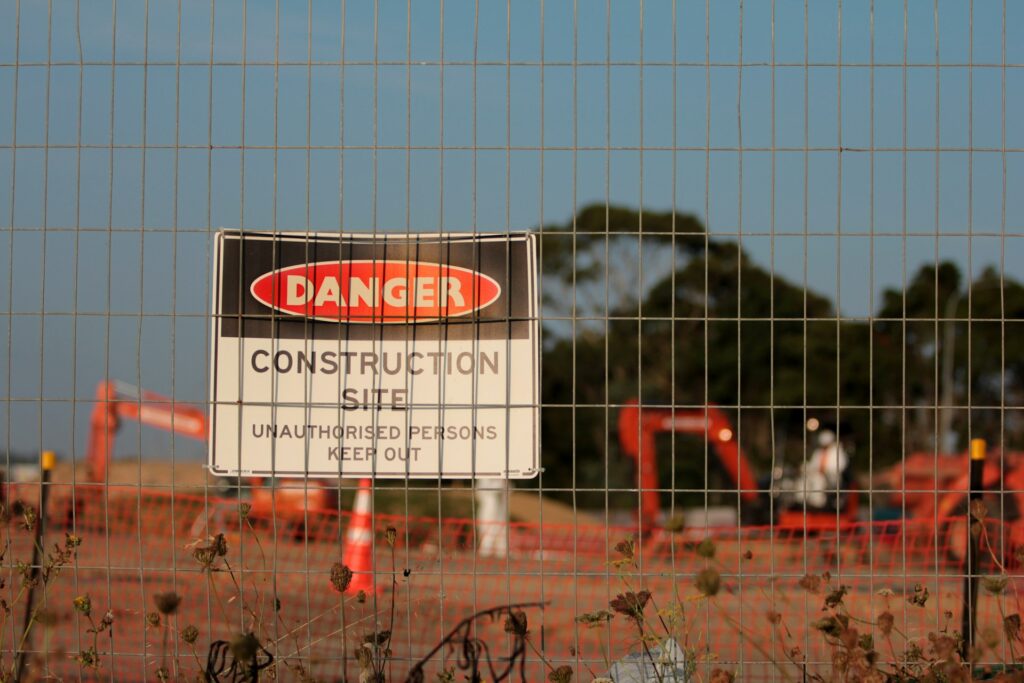The Australian construction and demolition (C&D) waste stream grew significantly in the 2022-23 financial year, generating an estimated 29.2 million tonnes (Mt) of waste. This figure, published in the National Waste and Resource Recovery Report 2024 by the Department of Climate Change, Energy, the Environment and Water (DCCEEW), solidifies the C&D waste stream as the largest contributor to the country’s total waste.
This 29.2 Mt figure represents 39% of Australia’s total 75.6 Mt of waste generated during the year, confirming the huge material flow associated with our industry’s activity. Importantly, the increase in C&D waste generation is not a new trend; data shows that the C&D waste stream grew by 15% on a per capita basis between 2016-17 and 2022-23, a trend the DCCEEW attributes to the surge in major development projects across the nation.
Where does this waste come from?
The overall health and activity of the Australian construction sector directly correlates with waste generation. According to the Australian Bureau of Statistics (ABS), the Construction industry recorded an increase in Industry Value Added (IVA) of 14.8% in 2022-23, reflecting a period of sustained, high-level activity driven by both residential and infrastructure projects.
This high level of output naturally results in greater material consumption and subsequent waste at both the construction site and, increasingly, from demolition waste and large-scale civil works. The total 29.2 Mt of C&D waste generated in 2022-23 significantly outpaced the other two major waste streams:
- Commercial and Industrial (C&I) Waste Stream: $32.9 Mt (which includes 10.3 Mt of ash)
- Municipal Solid Waste (MSW) Stream: 13.5 Mt (from households)
The construction sector is therefore responsible for the biggest material throughput of the core waste managed by the resource recovery sector. The high volumes involved are also why the CSIRO points out that the built environment must be a key focus for Australia’s transition to a circular economy to reduce reliance on virgin materials and curb associated emissions.
A quick breakdown of waste materials
While the volume of waste is significant, the construction industry does maintain the highest national resource recovery rate. Of the 29.2 Mt of construction and demolition waste generated, 23.6 Mt was recycled or reused, resulting in a resource recovery rate of 84% for building and demolition materials.
The materials that make up this stream, often referred to as ‘C&D waste’ or ‘Building and Demolition Materials’ in the data—are predominantly:
- Masonry and Building Materials: This category, which includes concrete, bricks, and plasterboard, made up the largest volume of recovered materials in the 2022-23 period.
- Metals: The recovery rate for metals (such as steel and aluminium) was exceptionally high at 90% nationally.
On a regional basis, this trend holds true. For instance, in Western Australia, C&D materials accounted for 50% of all waste generated in the state during 2022-23, with the C&D sector achieving an 85% recovery rate.
The importance of good waste management on-site
The consistently high generation of building waste demonstrates that while recovery rates are strong, the sheer quantity of material flowing into the waste stream continues to grow. Over the six years to 2022-23, 5.7 Mt of additional C&D waste was generated compared to the previous period.
For our industry, this highlights a critical area of focus: moving beyond high-rate recycling to improving waste avoidance. Strong on-site waste management practices are essential to ensure materials are correctly separated for processing, thereby maintaining the 84% recovery rate. Furthermore, the industry is increasingly focused on implementing circular design principles, such as designing for disassembly and modular construction. This aims to reduce waste generation at the source, which is the most effective level of the waste hierarchy.
The figures underline that as major infrastructure and building activity remains robust, the responsibility for managing the immense volume of C&D waste falls squarely on the sector’s shoulders.
Sources
- https://www.dcceew.gov.au/environment/protection/waste/publications/national-waste-resource-recovery-reporting/glance-2024
- https://www.dcceew.gov.au/sites/default/files/documents/national-waste-and-resource-recovery-report-2024.pdf
- https://www.abs.gov.au/statistics/industry/industry-overview/australian-industry/2022-23
- https://research.csiro.au/circulareconomy/about/
- https://www.dcceew.gov.au/environment/protection/waste/publications/national-waste-resource-recovery-reporting/resource-recovery-waste-material-analysis-2024

